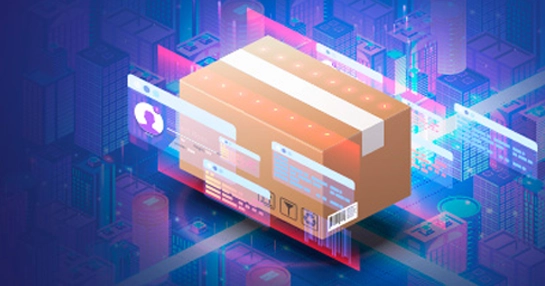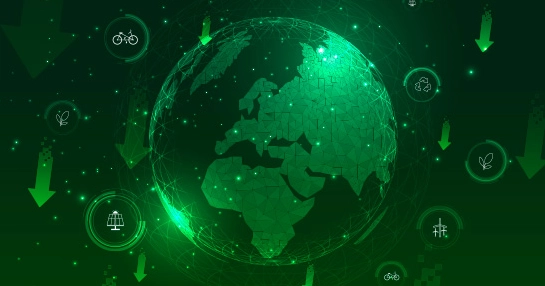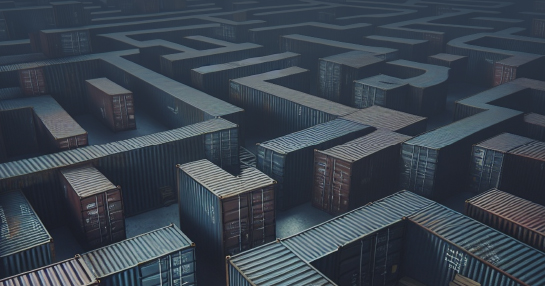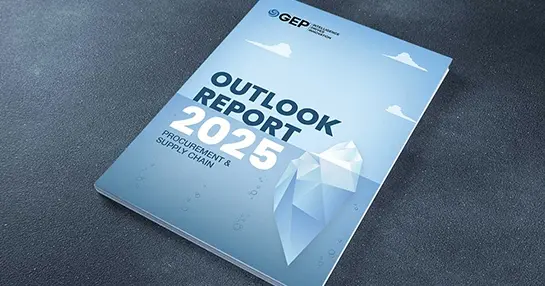Does your business use minerals such as tin, tantalum, tungsten or gold? Yes? You must collect, track and report on their use at both the product and part level across multiple tiers of supply chains. Here’s why. These are conflict minerals and, as per a 2012 regulation, the Securities & Exchange Commission (SEC) requires companies to publicly disclose their usage.
GEP’s supply chain experts help you map your supply networks and comply with reporting requirements. You can identify risks, assess impact and prepare supply chain contingency plans well in advance to ensure business continuity.
Conduct Due Diligence on Conflict Minerals
What should companies using any of the conflict minerals do? They must conduct a reasonable “country of origin” inquiry. This can help determine if these minerals originated in the specified countries or are from scrap or recycled sources.
Companies must also exercise due diligence on the source and chain of custody of their conflict minerals. Their measures must conform to a recognized due diligence framework, such as the one approved by the Organization for Economic Co-operation and Development.
GEP is uniquely positioned to advise clients, bringing its category and transformation expertise to help clients achieve their specific organizational, supply management and process efficiency objectives.



















